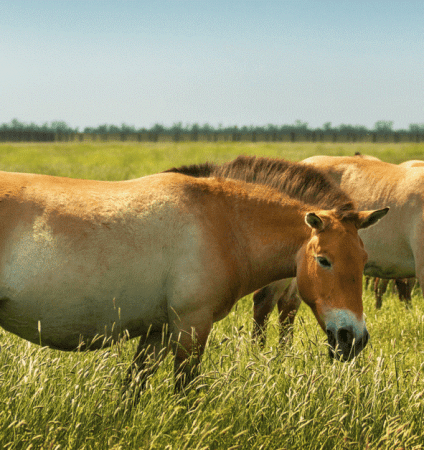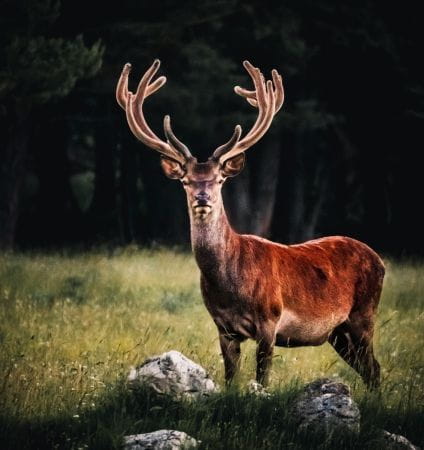The example of the Monts d’Azur Reserve.
By Aléna and Patrice Longour
In Europe, France, like other modern democracies, is witnessing a return of the Savage that it failed to see coming, for which it is unprepared and is finding it very difficult to adapt: increasing populations of wild ungulates, spontaneous return of the wolf, expansion of the lynx, increase in forest…
But unlike our Italian and Spanish neighbours, France does not yet recognise the need for a laissez-faire approach to wilderness, and is helplessly watching the very process that gives rise to biodiversity: the capacity of its ecosystems to evolve.
Large wildlife appears to be a forgotten resource, barely tolerated, whose presence remains anecdotal in France: 65 million pets and over 30 million farm animals for barely 3 million wild ungulates and a few hundred super predators!
Considered in our country as a leisure activity (hunting, tourism…), large wildlife remains confined to a marginal role, like “garden gnomes” in the landscape!
With this in mind, in 2003 Aléna and I set up the first reserve dedicated to European rewilding in the Alpes-Maritimes: La Réserve biologique des Monts d’Azur.
This vast area, covering 700 hectares, is made up of a mosaic of habitats ideal for providing a home for a huge number of species, especially as it is influenced by the Alpine and Mediterranean climates!
The project? the ancestral species capable of using their feeding habits to establish a plant dynamic beneficial to the restoration of dry grasslands, wetlands and forests, namely: the European Bison, Przewalski’s Horse and moose. They now share this territory with red deer, roe deer, wild boar and chamois.
Today, after 20 years of rewilding and regretting that the place of wild animals in France is still misunderstood and little studied, I would like to share with you our experience of restoring ecosystems using a guild of wild herbivores.
It’s time to rewild our territories, because it is in wild ecosystems that biodiversity and the ecosystem services on which the well-being of urban populations depends are produced. Large animals, both herbivores and predators, have a systemic relationship with their environment, including humans. They participate in complex processes that we are largely unaware of. As such, they play a major role in the dynamics of ecosystems and their capacity to adapt and evolve, as well as in the resilience of the ecological services they provide.
Today and tomorrow, one of the main challenges facing humankind will be to know, understand and leave 30% of our land to this wild world, which we will need all the more as it is undoubtedly the last bastion against the climate change that our human behaviour has brought about.
More interesting articlesDiscover the Reservation

Przewalski's horse to conquer Chernobyl
